Canton Reference 5 Review
With the Reference speaker series, Canton has made a visual leap forward. Does the Reference 5 floor-standing speaker also meet the sonic expectations?
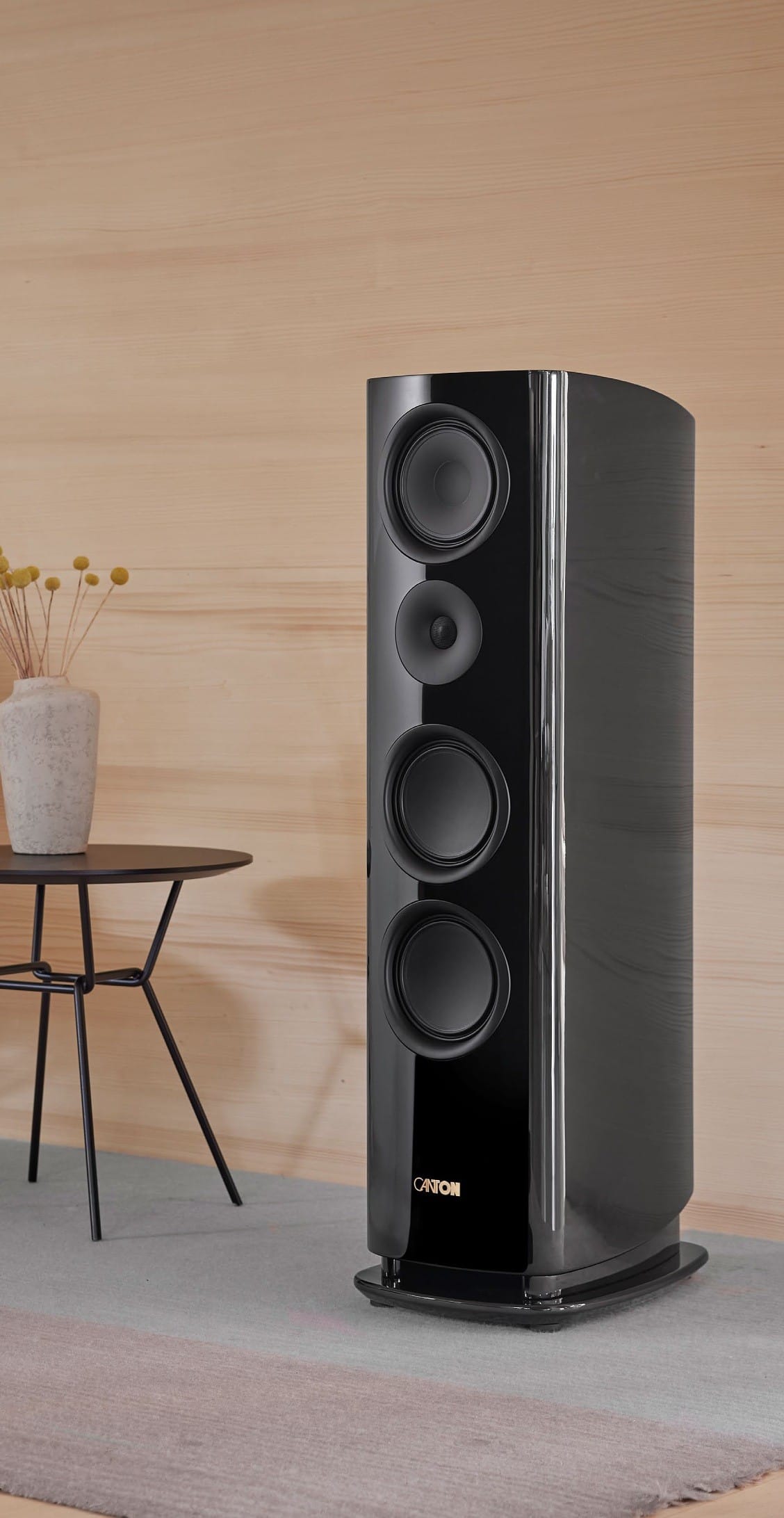
In the past, everything was better, people often say lightly—the keen hobbyist would order some well-regarded and affordable drivers, saw and glue together a suitable enclosure, and equip the whole with a few coils, capacitors, and resistors, whose collection and wiring were then called a crossover.
Occasionally, a veneer or a coat of paint was added. The creator of the sounding creation hoped for recognition and buying interest among friends. And from the most successful hobbyists, company founders were often born. You’ve probably all heard of the famous garage where it all began.
TEST EQUIPMENT
Integrated Amplifiers: McIntosh MA 5300, Audionet WATT
Preamplifier: Audio Research Reference 6 SE
Streamer / D/A Converter: T+A MP 3100 HV, Eversolo DMP-A8
Power Amplifier: Accustic Arts Amp VI
Speakers: Magico A3, T+A Criterion S 240
The Era of Hobbyists…
Today, the world looks different: Without a hefty portion of knowledge in mathematics and physics, as well as chemistry and measurement technology, you can hardly win a prize in the completely overcrowded speaker market. Those who are not willing or able to consider the development of a speaker as holistically as the body of a complex living organism will find it difficult nowadays to build a successful company.
Without fundamental research and modern, albeit costly, measurement equipment, complex speakers and the interplay of their individual components—from the enclosure through drivers and crossovers to the so-called “1,000 little things”—are hardly conceivable if you don’t want to lag behind the competition. Especially since customers’ demands on sound, workmanship, and living room suitability are entirely different today than in the pioneering days of high fidelity.
Up to the design of the base and the integration of the height-adjustable feet or the shape of the magnetically attached and acoustically neutral driver covers, demanding customers today expect perfection. Not to forget that orange peel in paint finishes or veneers that do not match perfectly are no longer acceptable in the eyes of discerning customers, even in moderate price ranges.
Anechoic Chamber and Measuring Devices
Those who, like Canton, have been among the most successful brands for over 50 years can rightly hope to have done many things right, thanks not least to the curiosity and constant search for improvements in the research and development department of the family-run company.
Not only could they boast an anechoic chamber a long time ago, but measurement systems from Klippel and Audio Precision have also been part of the standard repertoire of daily work for years. They are complemented by partially self-written computer programs, which make the development work more structured and thus save time. A circumstance that, along with worldwide networking with suppliers and comparatively large production volumes, ensures that Canton has earned a reputation for exceptional value for money.
At High End 2023, the new Reference series, currently consisting of seven models plus a center speaker, was introduced, which pleasantly surprised us especially in the side view with its wave-like appearance. Even dealers who have been critical of Canton for many years rave about the sound, the aesthetics, the quality of either the black high-gloss finish applied in twelve layers of lacquer or the fine wood version, and the price-performance ratio.
So let’s see what advantages the second-smallest floor-standing speaker in the current Reference series has to offer.
“THE CANTON REFERENCE 5 IS A STATEMENT—NOT JUST IN ITS PRICE CLASS.”
Round Beats Square
It starts with the rounded and beveled base, which ensures strong decoupling from the floor via stainless steel feet and absorbers instead of spikes. The bass reflex opening radiates onto this base, distributing the low-frequency components evenly forward and backward in a flow-optimized and noise-free manner. This arrangement also reduces the time spent searching for the suitable placement. We quickly found that the bass sounds deep and well-defined from about 30 centimeters distance to the rear wall.
The new design also provides significant stiffening and drastically reduced sound radiation from the enclosure, as well as improved, more uniform dispersion behavior, as can be clearly seen in the diagrams (see box). But the thickness of the enclosure walls of several centimeters and the intensive bracing, separation into individual chambers, and damping inside the enclosure had not been seen before in this form from the team in Hesse. Nevertheless, the weight remained within limits compared to the more than 150 kilos of the top-of-the-range GS Edition, at just under 40 kilograms.
Let’s take a look at the driver configuration: Deep tones are produced by the two drivers, each measuring 17.5 cm, whose molecular structure of an aluminum cone is converted to 25% into a ceramic structure and completed by adding the finest metal particles for additional stiffening. The membranes are manufactured in a complex process to reduce resonances in conjunction with the wave-shaped surround technology and to operate distortion-free even at high levels. They are said to have a particularly favorable, almost perfect ratio of stiffness to weight and work in separate chambers, as can be nicely seen in the sectional drawing on the following page.
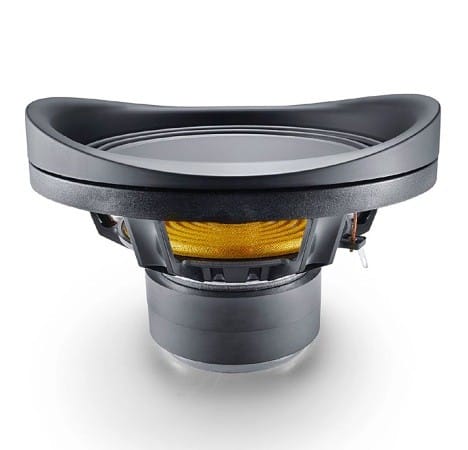
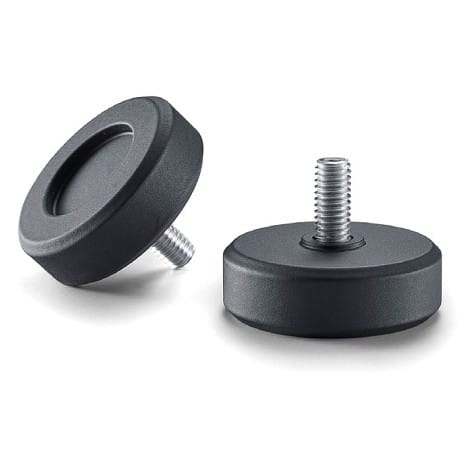

The similarly looking midrange driver, also operating in its own chamber, is made of this material, while the 25-millimeter tweeter dome, shielded from its colleagues, is made of an aluminum oxide ceramic membrane. The attached horn has been completely newly developed to optimize the dispersion behavior. All drivers are meticulously checked for compliance with specifications with a deviation of less than 0.5 decibels. The drivers can be individually concealed with the magnetically attached round covers.
WHAT WE LISTENED WITH

GARY CLARK JR.: LIVE Captivating live album from one of the best blues and rock guitarists of our time.
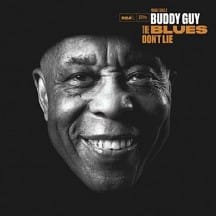
BUDDY GUY: BLUES DON’T LIE Blues from its light, relaxed, and harmonious side. A delight!
Everything at the Right Time
The crossover was built separately for each frequency range. According to chief developer Frank Göbl, it was optimized for timing accuracy. Interestingly, this approach seems to be finding more and more followers, instead of the usually more technically rustic solution with staggered baffles or movable units of low-mid-high-frequency systems. Additionally, in the Canton Reference 5, the bass frequencies below the useful frequency of about 35 hertz are filtered out, which reduces distortions and increases the possible maximum sound pressure. It is to be expected that top-quality components are used and high-quality cabling is employed. Very pleasant and practical is also that the levels in the mid and high-frequency ranges can be sensitively adjusted in three steps each. Whether the WBT Nextgen terminal in bi-wiring version for connecting the speaker cables is really a must-have on the equipment list is up to each proud owner to decide.
In the listening room, the question of single or bi-wiring did not arise, as both were readily available. For the break-in process, we used a Silent Wire cable in single configuration. The amplification was handled by the McIntosh integrated amplifier MA 5300, driven by the all-rounder among streamers, the versatile and pleasantly operable Eversolo DMP-A8.
We also experimented with the supplied feet under the speakers and were quickly convinced of their beneficial effect, as they resulted in an unmistakable gain in tonal precision, transparency during complex passages, and more clearly defined contours of individual sound events.
The topic of placement was then quickly settled, as the pair of speakers from Hesse was not finicky regarding the distance between them or the distance to the rear wall. We only adjusted the toe-in a little until we were sure we had reached the optimum.
Powerful Performance
When you look for the rather petite-looking speaker in our well over 40-square-meter listening room, it almost seems a bit lost, which increases the hesitation to drive it to the levels that Frank Göbl encourages. Göbl, chief developer at Canton for many years, makes no secret of his preference for powerful yet punchy bass and his sympathies for dynamic attacks that should come as close as possible to the live experience.
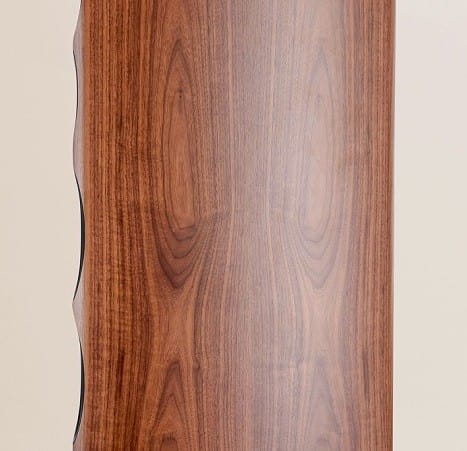
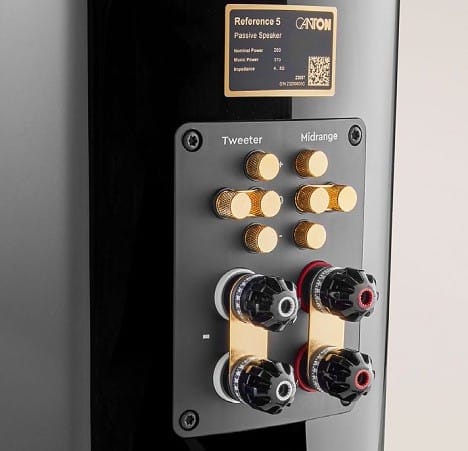
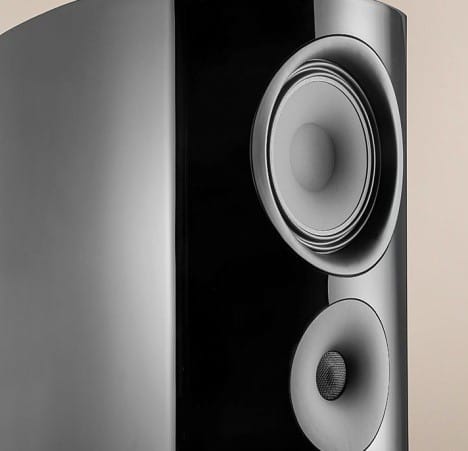
During his visit to the editorial office, it was not surprising that he mainly chose a selection of tracks that should highlight these virtues. He started with Fink’s “Trouble’s What You’re In”—still relatively restrained. But to get a first impression of the capabilities of the Reference 5, that was already very suitable. Plenty of atmosphere was transported into our listening room, and the explosive dynamic leaps were presented precisely and credibly at medium volume levels. It became a bit more challenging when we ventured into the magical world of Harry Potter with John Williams’ film music for the “Quidditch Match.” A large orchestra is always a very special challenge, as a hi-fi system must meet all conceivable requirements at once: the multitude of instruments should be brought out without depriving the ear of individual instruments or blending them into a sonic mush.
The timbres must be accurate, the timing should not lag, and from pianissimo to fortissimo, the entire dynamic range of an orchestra should be represented.
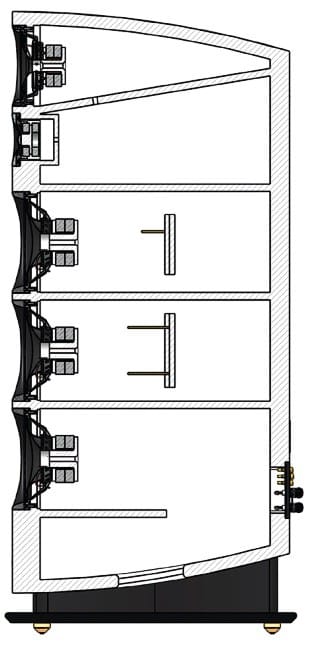
In short: Despite the high quality offered, there was still room for improvement here, which, according to Göbl, was not due to the qualities of his speakers. So we promptly replaced the quite powerful McIntosh integrated amplifier and the Eversolo streamer with the top-tier equipment in the listening room—the references from T+A, Audio Research, and Accustic Arts.
The Canton, actually completely undersized in this setup, effortlessly highlighted the sonic differences between “very good” and “at the limit of what’s possible.” The size of the virtual space was audible and tangible, while the dimensions of our listening room seemed to disappear. Previously lost details emerged so numerous that it would be beyond the scope to list them all here. We were fascinated by the ease with which the Canton presented all this and made the differences in the electronics clearly apparent.
ENCLOSURE DESIGN AND SOUND PRESSURE DISTRIBUTION
The significant influence that the shape and construction of an enclosure have on sound was largely ignored in the past. Nowadays, we recognize its importance.
Frank Göbl, head of development at Canton, wanted to delve into the influence of enclosures. While he and his team were developing the GS Edition, Canton’s most ambitious speaker project to date, he researched how classic enclosures compare to the rounded enclosures of the new Reference series. For this, he used the most modern measurement and simulation technology. He noticed that when evaluating speakers, the technical and constructive details of the enclosure are often overlooked.
The correct enclosure design plays a decisive role in the sound quality and performance of the entire speaker. Basically, the goal is to develop a highly rigid enclosure that does not allow its surface to resonate and emit its own sound, minimizing unwanted vibrations. But as can be seen in the two diagrams, a conventional enclosure emits significantly more unwanted sound into the room than the rounded Reference enclosure.
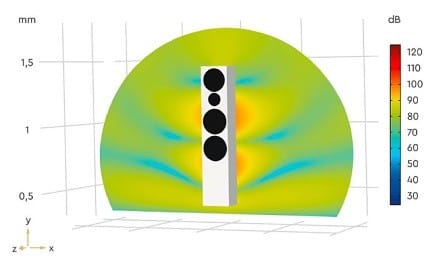
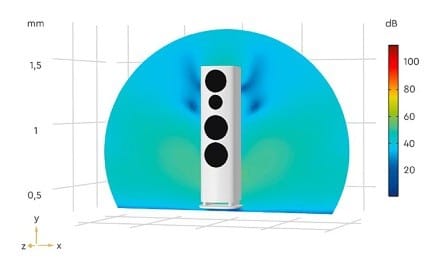
Play Without Limits
In the following days, Trentemøller was allowed to set the listening room into joyful vibrations with his low-frequency, atmospheric, and impulsive sounds. The Canton hurled the impulses from the membranes and showed no effort in reproducing these frequencies at very high volume levels—even when the reference electronics made way for more price-appropriate partners.
Relaxed blues was provided by Buddy Guy with “Blues Don’t Lie” and the live-recorded “Next Door Neighbor Blues” by exceptional rock guitarist Gary Clark Jr. The listeners in the listening room immediately felt immersed in the action, were emotionally engaged, and could hardly resist the temptation to increase the volume bit by bit, even though it was already unexpectedly enjoyable to experience this visually and acoustically fully successful gem at less than room volume.

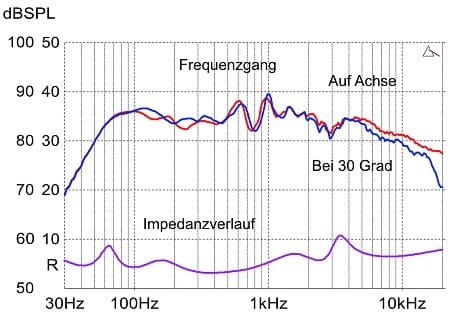
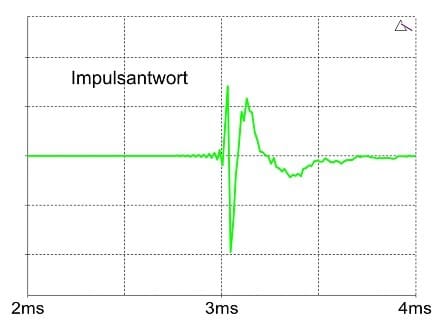
Canton Reference 5 Tech Specs
Product Type / Price Range:
Floor-standing passive speakers / Price range: €5,000 to €10,000
Website:
www.canton.de
Price in Euros:
€8,000
Dimensions (W x H x D) in cm:
30 x 101 x 46
Weight in kg:
36
German Distributor:
Canton
Contact Number:
+49 60 8328787
Design Principle:
Dynamic, 3-way, bass reflex
Terminal:
Bi-Wire
Recommended Placement Info:
30 cm away from rear and side walls, slightly angled
Performance Ratings
Sound Quality (60%):
Score: 9.7/10
Description: A perfect all-rounder, suitable for all types of music, convincing at all volume levels and in all tonally relevant aspects.
Measurements (15%):
Score: 8.0/10
- Frequency Response: Balanced and long-term compatible
- Sound Pressure (in dB): Satisfactory (86.4)
- Impulse Response: Good, without overshoot
- Minimum Impedance: Unproblematic
- Distortion at 63 Hz / 3 kHz / 10 kHz: Low in bass; satisfactory in mid/high range (0.408 / 0.082 / 0.11)
Compatibility: Very easy, works well with almost all amplifiers.
Features & Handling (20%):
Score: 9.7/10
- Setup: Very simple
- Manual Quality: Excellent
- Initial Setup: Very simple
- Tone Adjustment Possible: Yes
- Cabinet Options: 3 (Black, White, Walnut)
- Included Accessories: Grill, spikes, damping feet
- Build Quality: Very high quality
Service & Environment (5%):
Score: 6.7/10
- Warranty (in years): 10
- Packaging: Cardboard and Styrofoam
- Upgradeable: No
Canton Reference 5 - High-End-Traum im Edelkleid - vorgestellt
Die Canton Reference 5 sieht unverschämt gut aus und ist edel gemacht. Eine bessere Lackqualität kann man sich kaum ...






